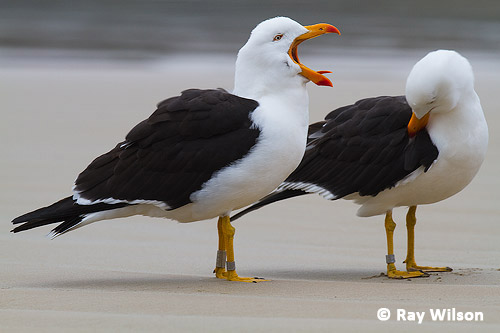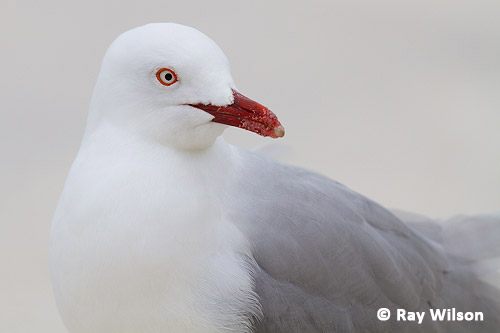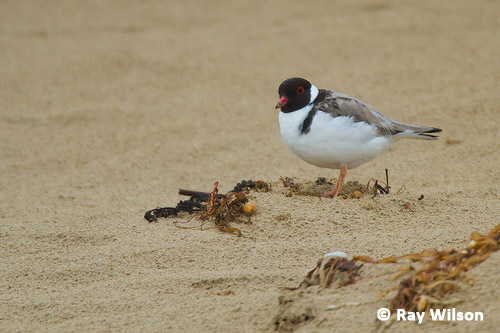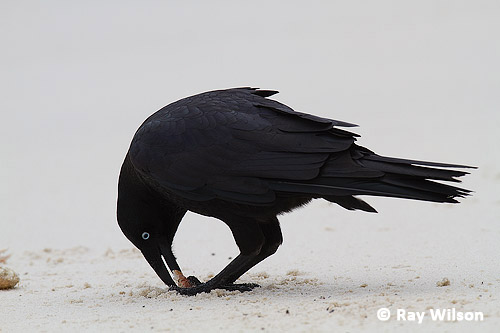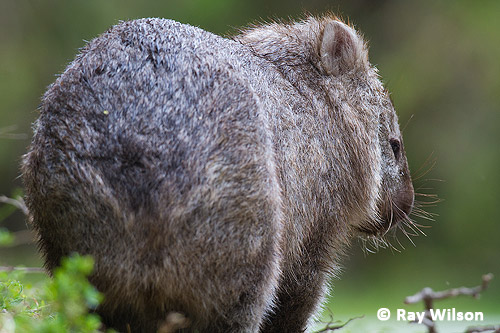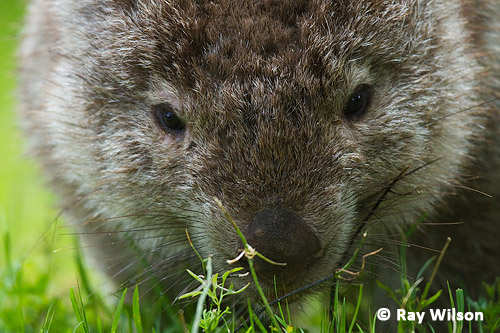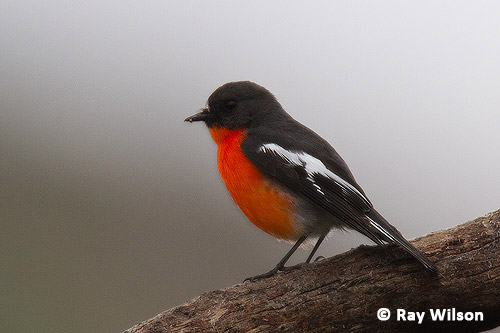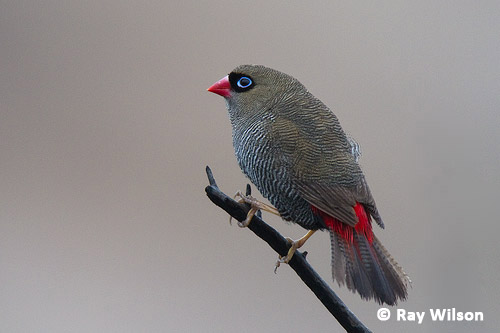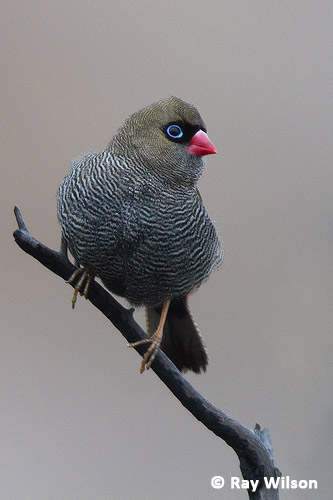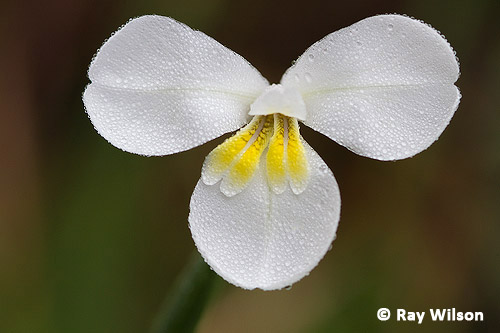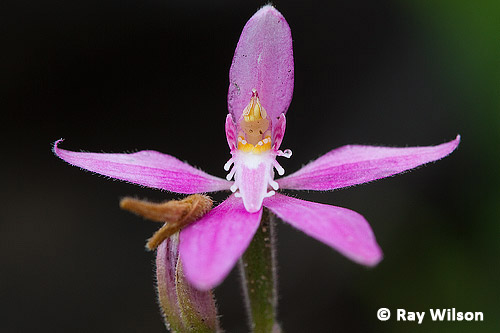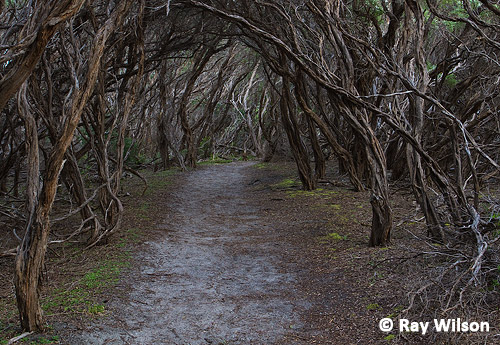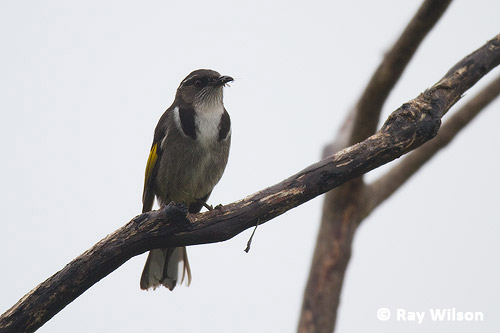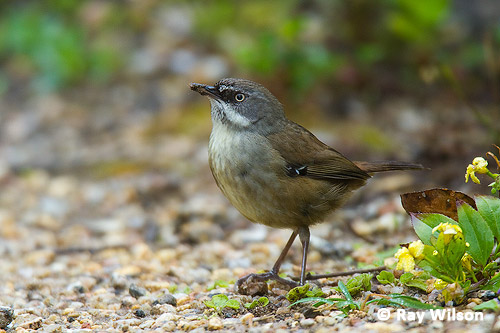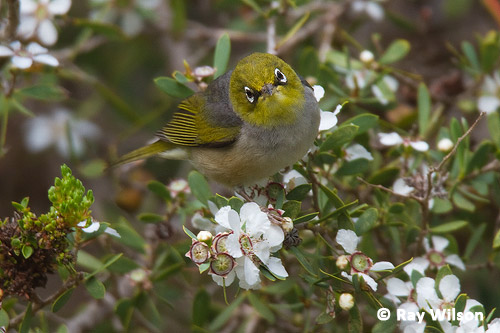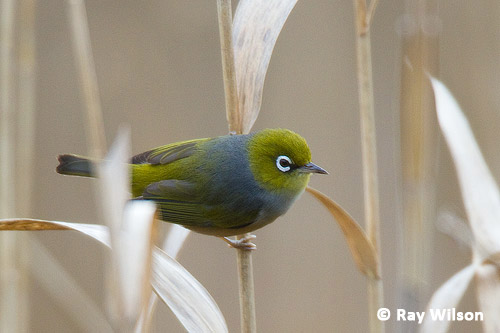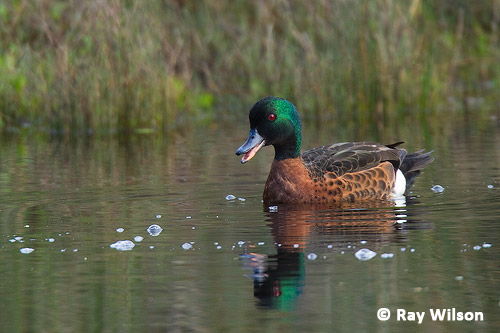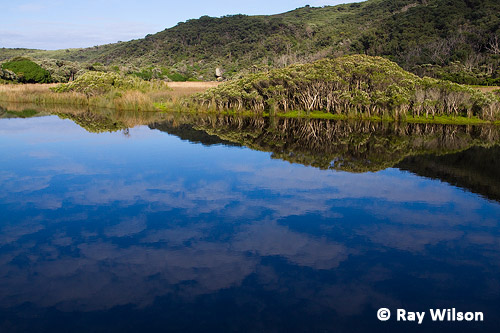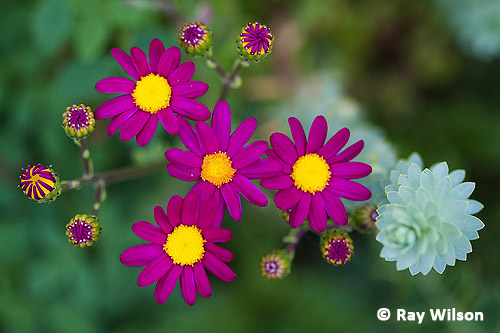
- Home
- Workshops / Tours
- Diary / Blog
- Galleries
- Foreign Trips
- Tasmania 2016
- NE Queensland 2016
- Western Alps 2016
- NE Spain 2016
- Australia's Wet Tropics 2015
- Australia's Top End 2015
- SW Australia 2015
- Switzerland 2015
- Andalucia 2015
- Belize 2015
- Australia 2014
- Switzerland 2014
- Belize 2014
- Bahama Islands 2014
- Switzerland 2013
- Ecuador 2012-2013
- Florida 2011-2012
- Vancouver Island 2011
- Australia 2010
- Peru 2008
- Bulgaria 2007
- Lesvos 2006
- California 2006
- New Zealand 2005
- Extremadura 2005
- Goa, India 2004
- The Gambia 2003
South-eastern Australia
25th September - 17th October 2010
Wilson's Promontory National Park, Victoria
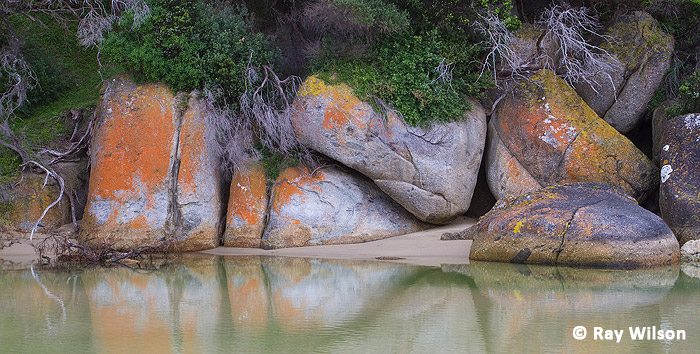
Lying only 200km from Melbourne, Wilson's Promontory is Victoria's most visited national park and, during the summer, campsites or accommodation need to be booked well in advance. When I visited in the spring, getting a campsite without booking was not a problem, although it was still busy by the standards of all the other places I had visited on my trip.
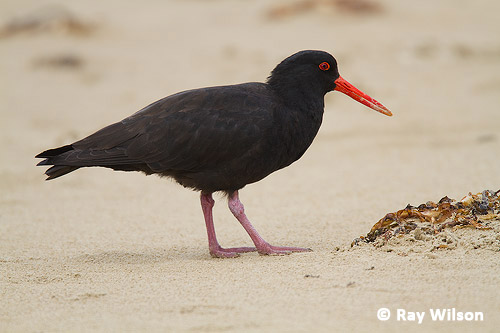
Sooty Oystercatcher (Haematopus fuliginosus)
The beach at Tidal River was a good place to photograph Sooty Oystercatchers in the early morning before the beach got busy.
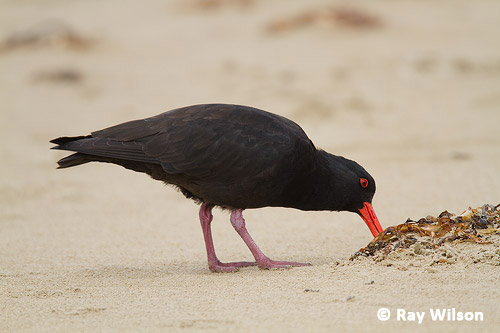
Sooty Oystercatcher (Haematopus fuliginosus)
Pacific Gull (Larus pacificus)
Pacific and Silver Gulls were also easy to photograph here as they rested on the beach. Silver Gulls were particularly approachable and often the main problem was that they were too close to focus.
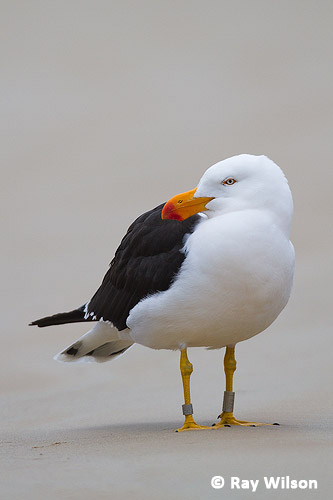 Pacific Gull (Larus pacificus) |
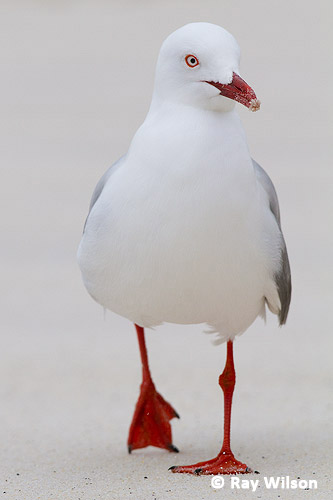
Silver Gull (Larus novaehollandiae) |
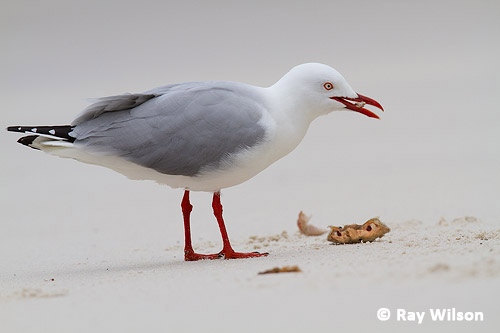
Silver Gull (Larus novaehollandiae)
Silver Gull (Larus novaehollandiae)
Hooded Plover were occassionally present along the tideline but were far more timid and prone to disturbance, disappearing soon after the human traffic walking along the beach became too frequent.
Hooded Plover (Thinornis rubricollis)
The Forest Raven is the most common crow on the promontory.
Forest Raven (Corvus tasmanicus)
Only half of the campground was open for camping when I was there and in the peace and quiet of the unused half Common Wombats were relatively easy to find at dusk.
Common Wombat (Vombatus ursinus)
The individual in the photos above and below was, at first, very wary of my presence and wouldn't let me approach any closer than 50m. It gradually accepted my presence, however, and once it decided I wasn't a threat it completely ignored me. By the end of the evening, when it was almost too dark to see, it was coming so close to me that I had to switch to using the 100mm macro. The photo below was taken at a distance of less than 1m as it ambled slowly past me grazing on the grass as it went.
Common Wombat (Vombatus ursinus)
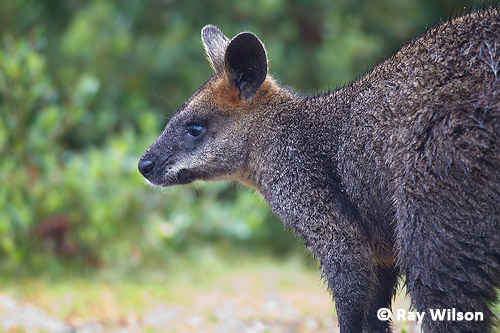
Swamp Wallaby (Wallabia bicolor)
The weather was pretty attrocious for most of the 3 days I stayed on "The Prom". It rained pretty much constantly and the light was terrible for photography. You can see how wet it was by the bedraggled fur of this Swamp Wallaby.
 |
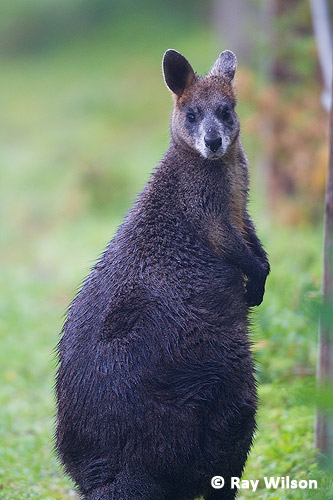 |
Swamp Wallaby (Wallabia bicolor)
The Flame Robin below gave me a bit of a hard time trying to get a decent photo. It was very wary and it took over two hours of patient waiting before it finally came close enough.
Flame Robin (Petroica phoenicea)
Thankfully, the Beautiful Firetail below was nowhere near so camera shy and posed beautifully for about a minute on a burnt branch only 8m away.
Beautiful Firetail (Stagonopleura bella)
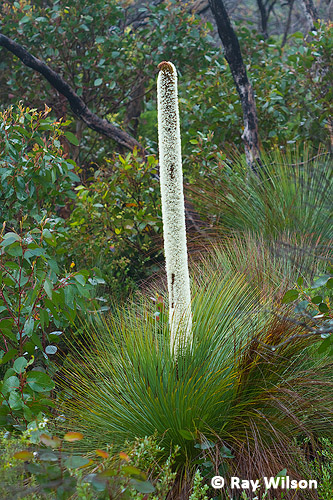
Austral Grass Tree (Xanthorrhoea australis) |
The spectacular flower spike of the Austral Grass Tree can grow up to 2m high. It is a perennial plant and usually flowers most profusely the year after a bush fire.
Butterfly Flag (Diplarrena moraea)
Butterfly Flag Iris is another spectacular plant, with flowers about 10cm across.
Caledenia Orchid (Caledenia sp.)
Smaller, but no less beautiful, are the Caledenia orchids. There are several species in southern Australia with 1cm flowers.
Sleepy Hollow-esque Eucalyptus grove
The enclosed trail through the eucalyptus grove above would make an ideal set for a horror film. All it needs is a headless horseman riding down the path...
Crescent Honeyeater (Phylidonyris pyrrhoptera)
White-browed Scrub-wren (Sericornis frontalis)
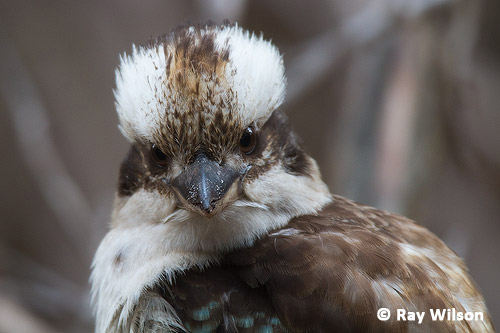
Laughing Kookaburra (Dacelo novaeguineae)
Silvereye (Zosterops lateralis)
The reedbeds along the banks of the Tidal River were popular with feeding flocks of Silvereye...
Silvereye (Zosterops lateralis)
...and there were several pairs of Chestnut Teal along the river itself.
Chestnut Teal (Anas castanea)
White Mangroves (Avicennia marina) along the Tidal River
As I was leaving the park I came across a herd of about 40 Emu feeding by the side of the road.
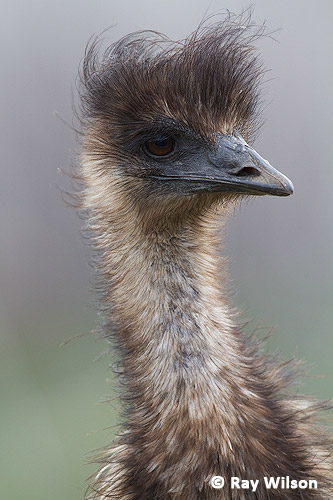 |
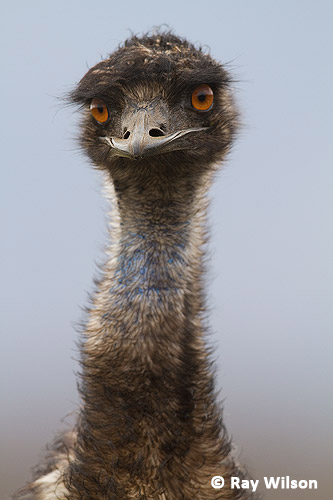 |
Emu (Dromaius novaehollandiae)
Ray Wilson owns the copyright of all images on this site.
They may not be used or copied in any form without prior written permission.
raywilsonphotography@googlemail.com
